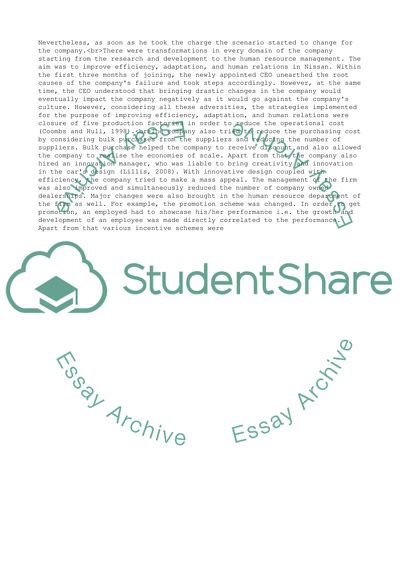Cite this document
(Leadership Case Study Example | Topics and Well Written Essays - 3000 words, n.d.)
Leadership Case Study Example | Topics and Well Written Essays - 3000 words. https://studentshare.org/management/1815908-leadership
Leadership Case Study Example | Topics and Well Written Essays - 3000 words. https://studentshare.org/management/1815908-leadership
(Leadership Case Study Example | Topics and Well Written Essays - 3000 Words)
Leadership Case Study Example | Topics and Well Written Essays - 3000 Words. https://studentshare.org/management/1815908-leadership.
Leadership Case Study Example | Topics and Well Written Essays - 3000 Words. https://studentshare.org/management/1815908-leadership.
“Leadership Case Study Example | Topics and Well Written Essays - 3000 Words”. https://studentshare.org/management/1815908-leadership.


